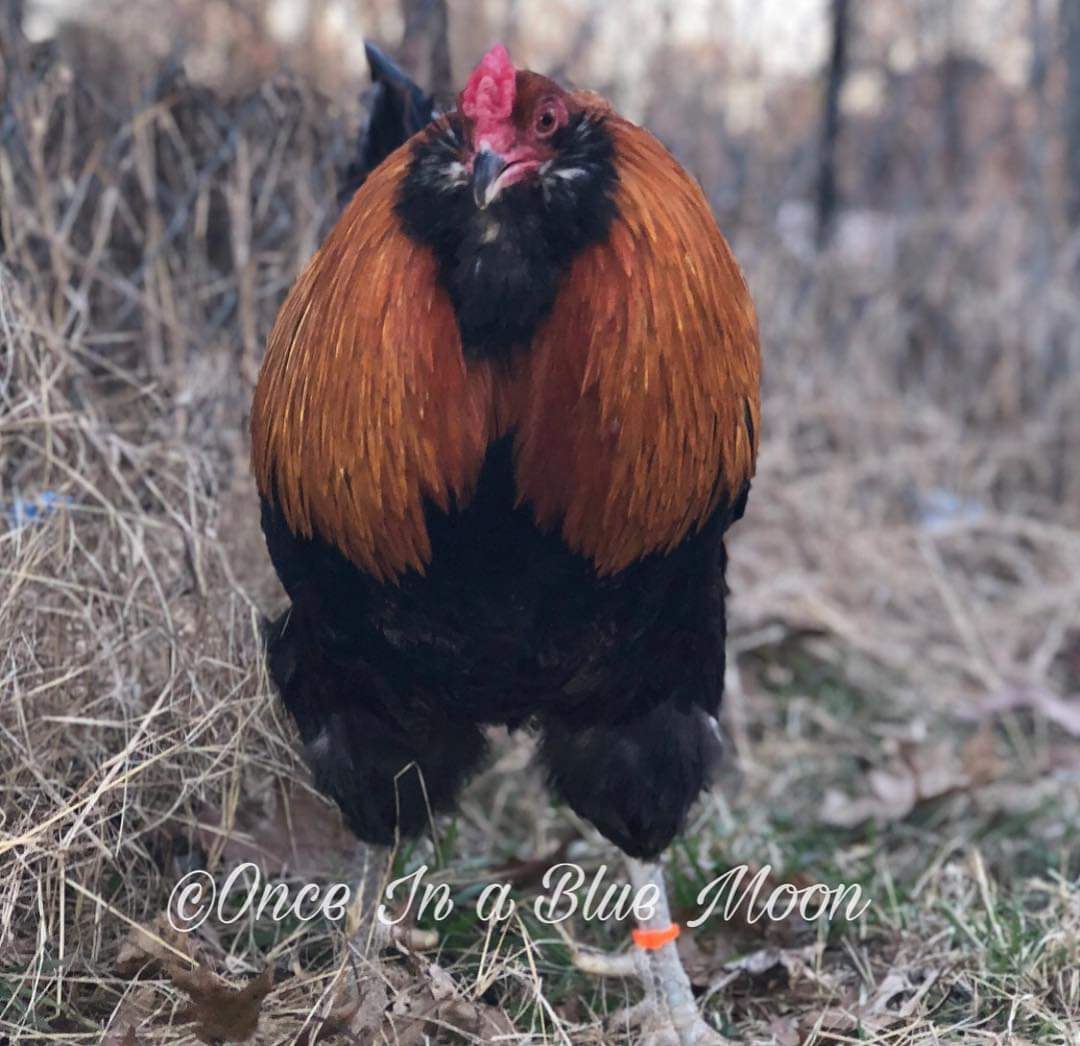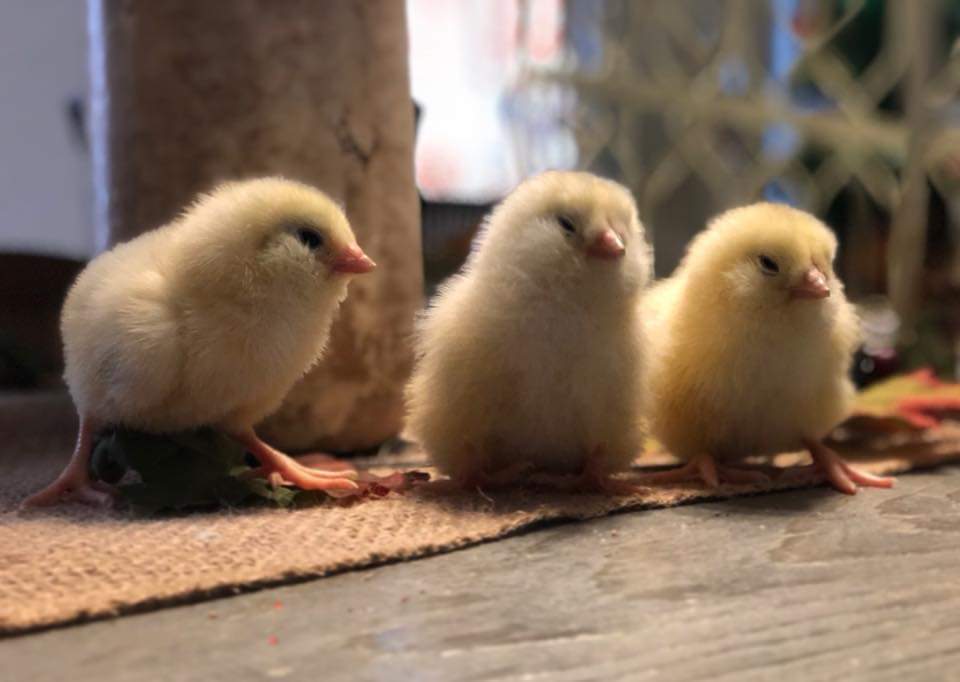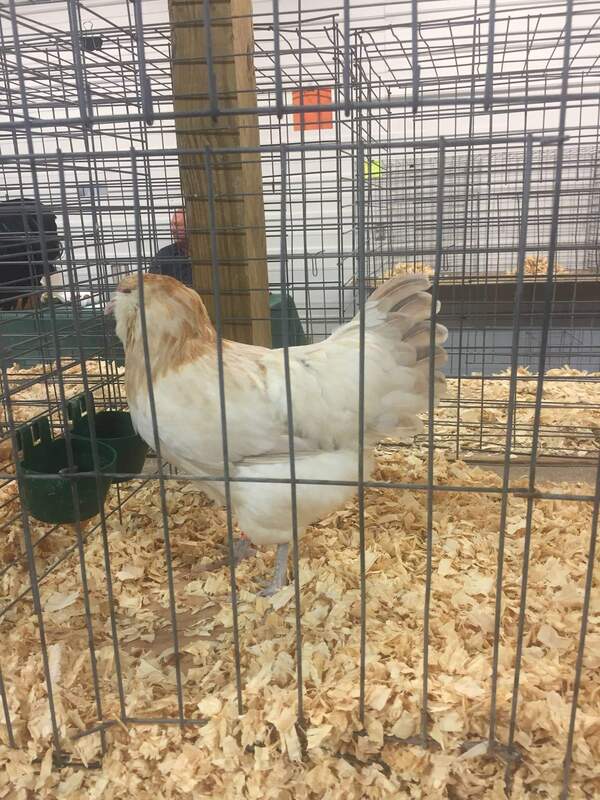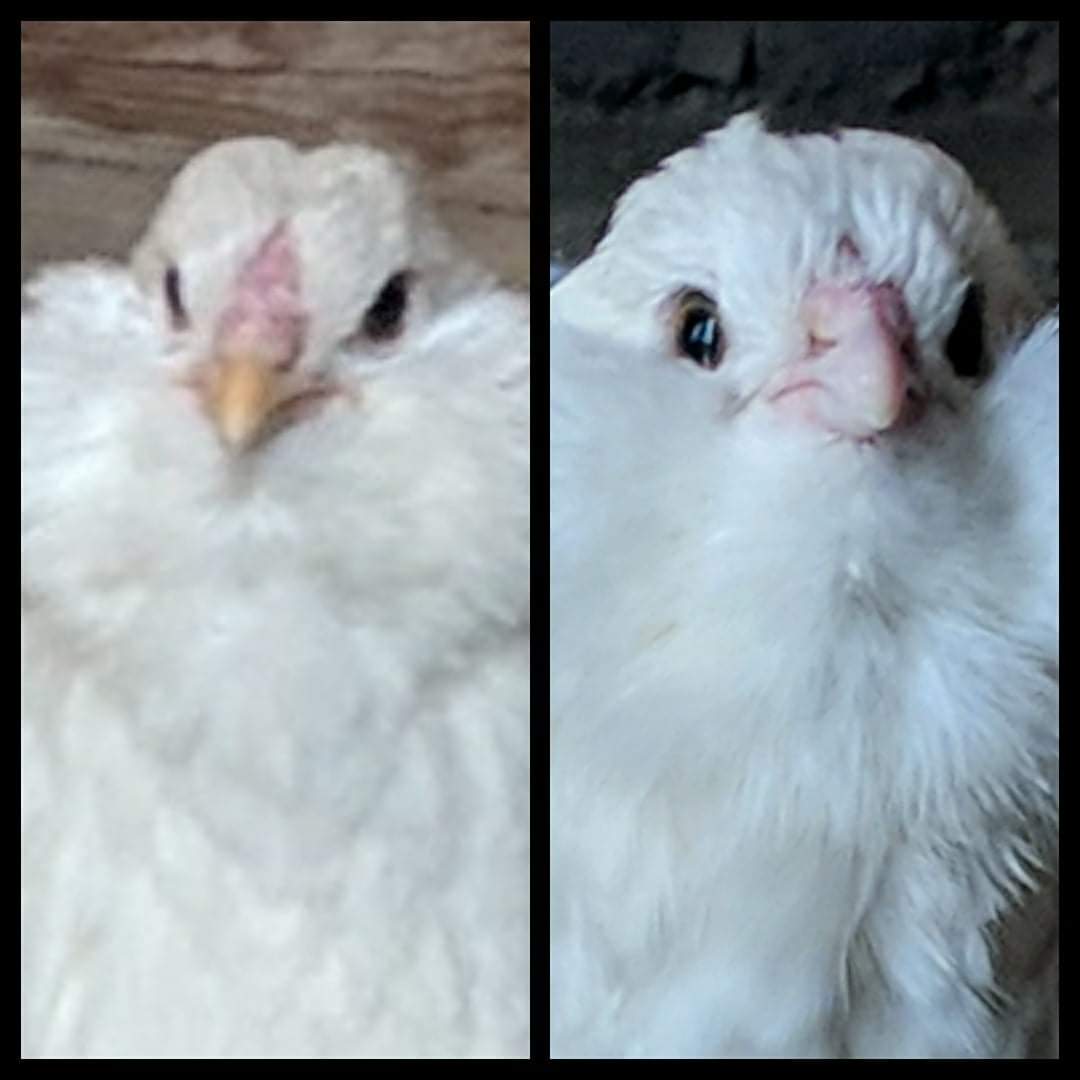www.showameraucanas.com
|
The genes and modifiers that affect shank color in poultry are not quite as straightforward as one would presume. As advances in science occur and more research studies take place, we are granted the opportunity to learn more about the genes, loci, and various modifiers that affect shank color. However, it is important to note that there are still many “unknowns.” Hopefully in time as more research is completed, we will continue to increase our knowledge about the genes, alleles and modifiers that affect shank color. Many times a year, I see posts on Ameraucana forums and groups regarding the shank color of wheaten, blue wheaten, and splash wheaten Ameraucanas. Posts like “Why do my day old wheaten and blue wheaten chicks not have slate shanks?” or “Why am I seeing variations in the amount of pigmentation on my wheaten and blue wheaten Ameraucana shanks?” or “Why do the wheaten and blue wheaten Ameraucanas that I bought not have really dark slate legs like my black Ameraucanas?” Many times exhibitors and breeders do not take the time to educate themselves regarding the underlying genetics of shank color and the genes and modifiers that affect it. The APA standard of perfection calls for Ameraucanas to have white skin and slate shanks. It is important to note that the APA standard was written for Ameraucanas that have reached sexual maturity, not for day olds. As it stands now, there are (*at least) three factors known to affect shank color in wheaten, blue wheaten and splash wheaten Ameraucanas. They are: 1) Skin color 2) Id gene 3) eWh allele First, let’s talk about skin color. The gene that is responsible for white skin is known as W+. It is dominant and wild type. The yellow skin gene is known as “w” and is recessive to W+. Both W+ and w can affect the epidermal layer (outer layer) of skin on Ameraucana shanks. To double check the skin color of your birds, take a close look at the foot pads on your Ameraucanas. They should be white. You can also take a look at other areas such as their beaks. Yellow, willow or green tints in these areas are indicative of yellow skin. Yellow skin is a disqualification. Next, let’s talk about the Id gene. There are actually several Id alleles, including Id, id^a, id^c, id^M, and id+ which are known to effect dermal melanin expression. Today I will just focus on Id and id+ in regards to their impact on wheaten, blue wheaten, and splash wheaten shank color. Id (which is the absence of black pigment) and id+ (which is the presence of black pigment) affect the dermal (underneath) layer of skin on Ameraucanas. They are found on the sex chromosome and are sex linked. Males have two copies and females have one copy. Dermal melanin comes in slowly on eWh chicks and can take anywhere from four to sixteen weeks to come in. This is why wheaten and blue wheaten chicks are born with flesh colored feet that gradually turn slate with age. Last, let’s talk about the eWh allele. The e locus alleles produce the base colors and patterns that color varieties are built upon. Some of the most common e locus alleles are: E (Extended Black) E^R (Birchen) e^Wh (Dominant Wheaten) e+ (Wild Type) e^b (Brown) eWh, which is the allele that wheaten and blue wheaten Ameraucana chicks should be based on, is known to inhibit the expression of dermal melanin. It can reduce and even hide the expression of it. This is one reason why you can’t always compare the shanks of your wheaten Ameraucanas (which are based on eWh) to for example your black Ameraucanas (which should be based on E) as they are based on completely different E locus alleles. E is known to extend eumelanin and enhance dermal melanin. I hope this post has given you a preview of some of the genes, alleles, and modifiers that can affect shank color in wheaten, blue wheaten and splash wheaten Ameraucanas. When narrowing down your birds and selecting breeders, I recommend selecting for dark shanks. While there are some variations in opinion among members of the scientific community, these three factors have been studied extensively and have continually been proven to impact shank color. Have a good day from Once In a Blue Moon. Shank color on day old wheaten, blue wheaten and splash wheaten Ameraucanas: Shank color of sexually mature wheaten and blue wheaten Ameraucanas:  A pullet with yellow skin, which is a disqualification for Ameraucanas, is pictured below on the left. A pullet with white skin, which is what the SOP calls for, is pictured on the right.
1 Comment
|
AuthorI enjoy spending time outdoors, studying poultry genetics and working with show quality Ameraucanas. All information shared on my blog is under copyright. Archives
July 2020
Categories |


